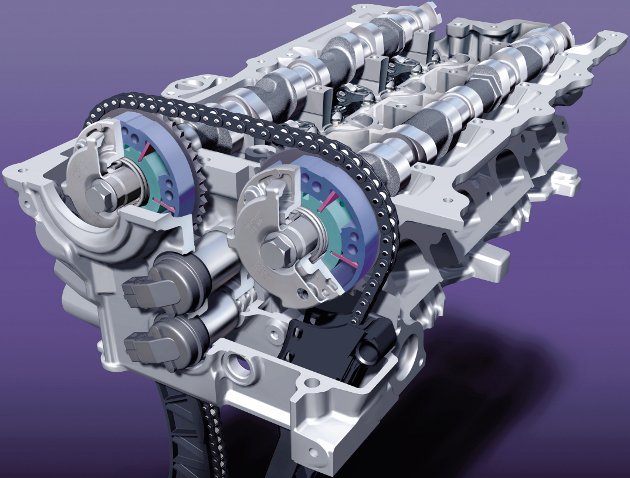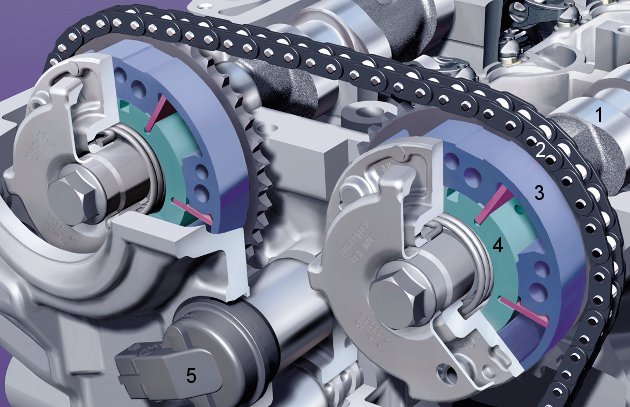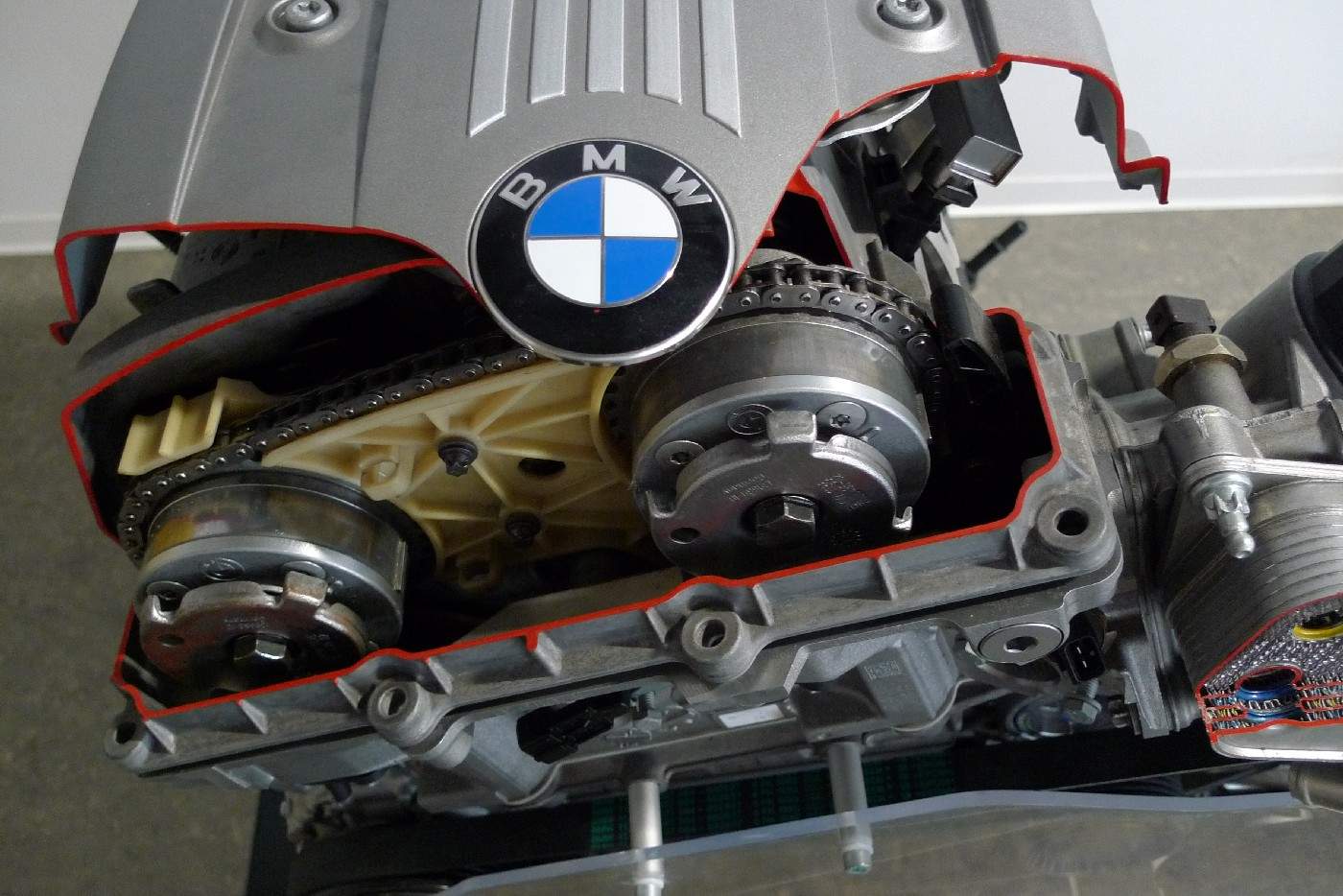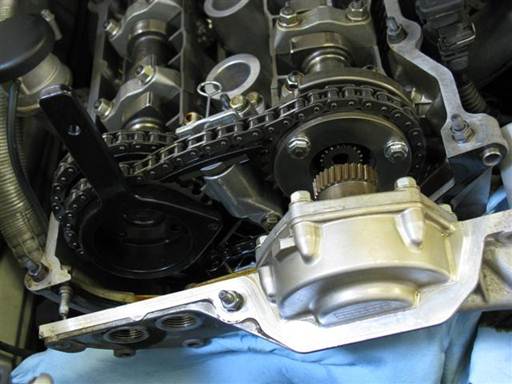
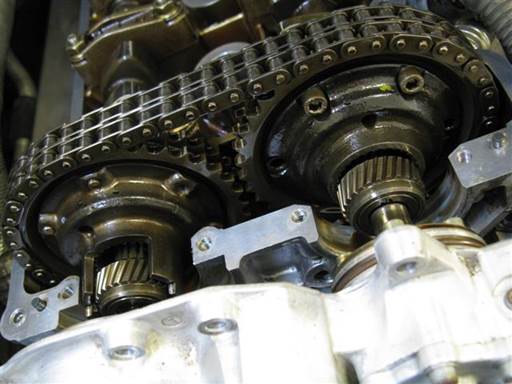
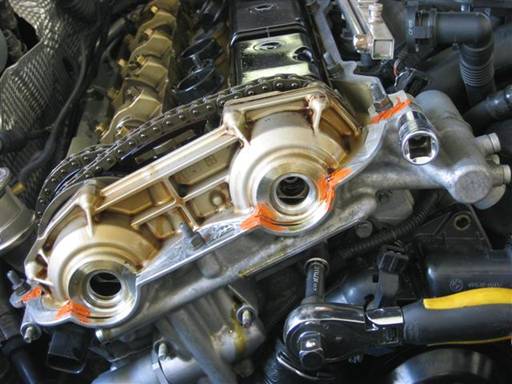
What is the BMW VANOS system?
VANOS: From the German "VAriable NOckenwellenSteuerung" (Translation: Variable Camshaft Timing). The BMW VANOS system allows variable camshaft timing of the engine. The intake and / or exhaust cams vary in relation to the crank shaft to optimize engine performance at different engine speeds. Early models only varied the intake camshaft, where later models vary both the intake and exhaust cam shafts.
Why is VANOS needed in an engine?
The mixture of gas and air flowing into the engine change hugely according to engine speed and throttle position. With fixed timing of an engine, the charge cycle can only be optimized for a specific operating range. Variable timing enables the charge cycle to be adapted to different operating ranges and engine speeds thus allowing for a more efficient engine in all driving scenarios.
When was VANOS first introduced?
1992 E34 5 series M50 engines (single VANOS on intake cam only).
1996 Euro E36 M3 S50B32 engine (double VANOS on intake and exhaust valves).
How does VANOS work?
BMW VANOS equipped engines have a cam gear that is independent of the intake and / or exhaust cam. At low RPM this gear is disengaged and the engine runs at fixed timing. Once throttle input is given, the computer will automatically calculate the proper advance or retard needed for the engine to run more efficient at the given RPM and air intake. The cam gears which engage the cam is controlled by the computer calculating air intake and throttle input. Once the computer calculates the proper timing a solenoid activates allowing the flow of high-pressure engine oil to the cam gear which makes the proper timing adjustment.
What are the advantages of VANOS?
The BMW VANOS system improves the driving experience in the following ways: lower exhaust emissions, increased fuel economy and optimized torque and power across the rev range.
Why do VANOS systems fail?
The VANOS pistons contain rubber o-rings that WILL deteriorate over time. The o-rings are made of a rubber that break down over time when exposed to high temperatures and chemicals. Once the o-rings lose their sealing capabilities they fail and can ultimately lead to failure of your engine.
What are symptoms of a failing VANOS system?
The most noticable way to determine VANOS failure is a noisy idle, the noise sounds similar to a diesel engine. Other symptoms are loss of torque and power at low RPM, bogging of power at around 3k RPM followed by a surge of power, uneven power throughout the RPM range, substantial decrease in power with AC on and decreased fuel economy.
If your car has any indications of the above symptoms it may be time to refresh your VANOS. Even if your car seems to be running fine but has high mileage we recommend doing preventative maintenance and replacing your seals. Buying a vanos seal kit (such as in the links below) are reasonably cheap and can be done in about 3 hours time in your own garage. There are plenty of tutorials out there that document each step.
Once the system has been refreshed you will notice a significant power increase and torque increase at low RPM, your engine will run a lot quieter and you can sleep easy at night knowing there is one less system that will fail and leave you stranded on the road.
Where can I learn more BMW fun facts?
Learn more BIMMERtips fun facts by clicking HERE
